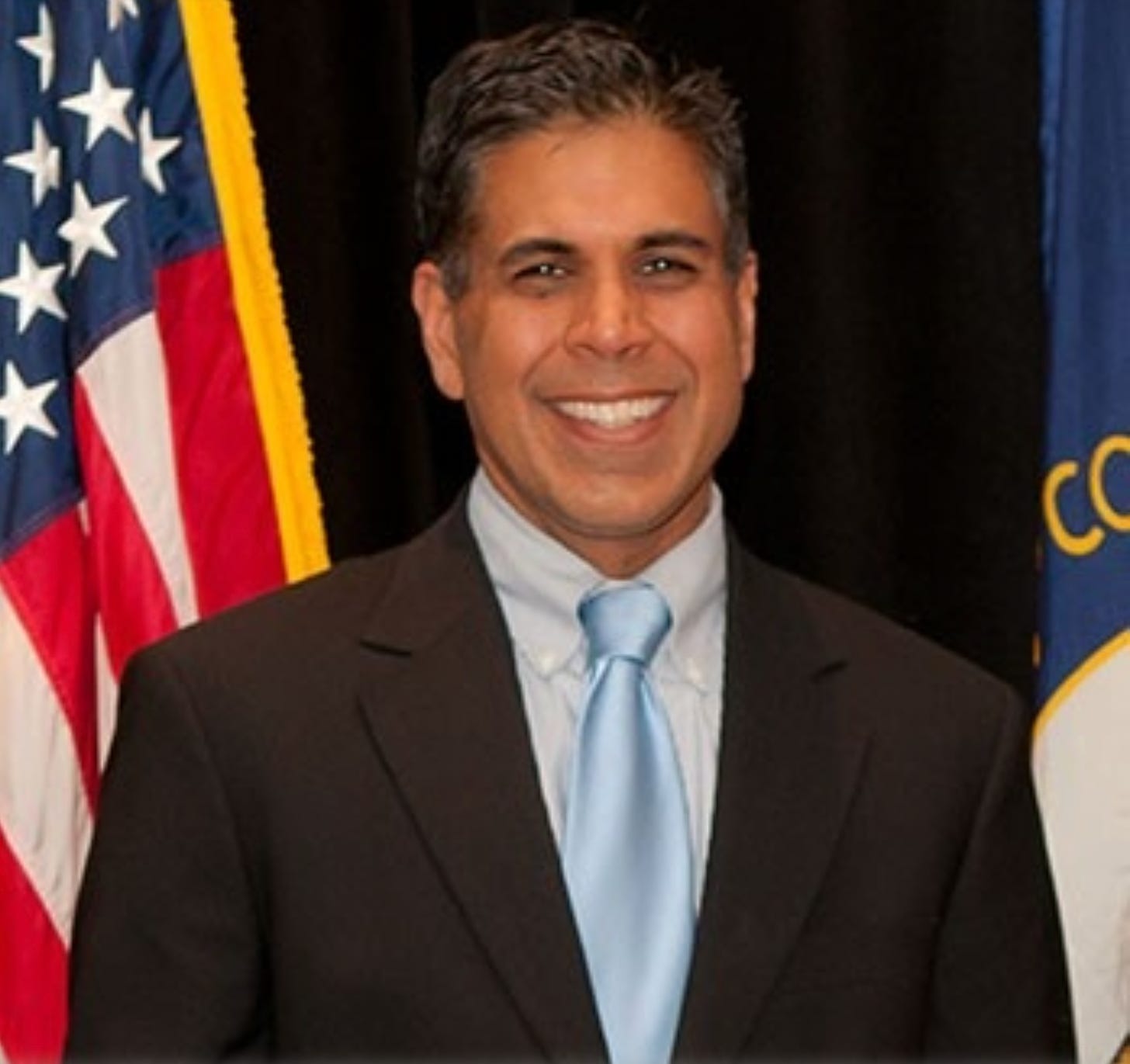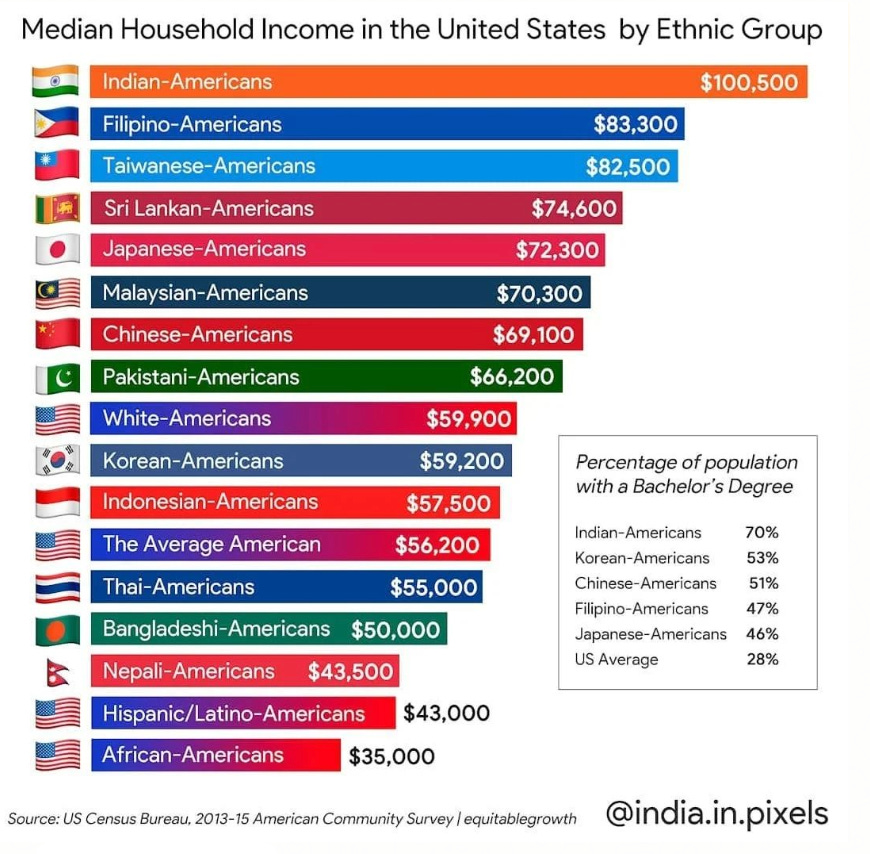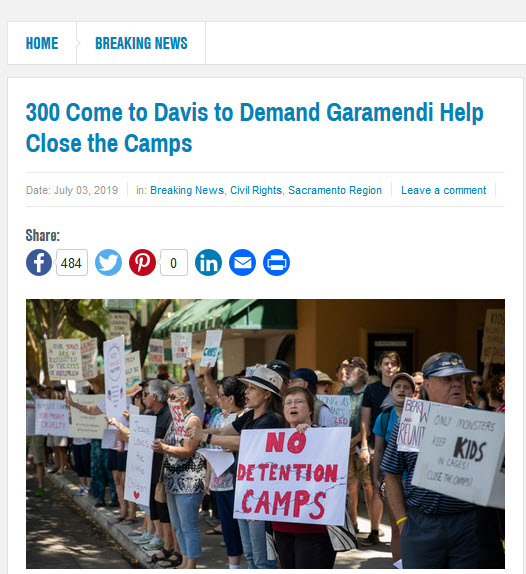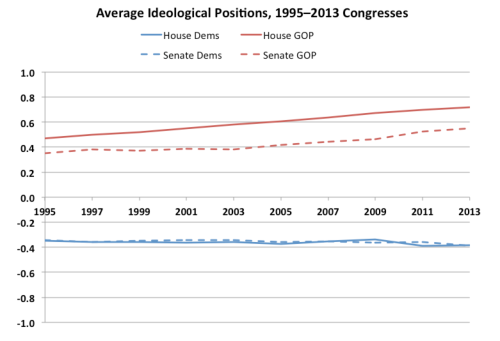Derrick Hathaway served multiple tours in Kosovo, contributing to a NATO peacekeeping mission aimed at preventing ethnic cleansing. While Hathaway envisioned his Marine mission as a humanitarian one, he soon became ashamed of his work. In the course of mapping safe routes for NATO forces, Hathaway’s platoon would perform no-knock home raids to search for weapons or contraband, leading to tense confrontations with frightened families.
“It was martial law,” Hathaway said. “That left a nasty taste in my mouth. All we were doing was feeding a new form of hate.”
Still, Hathaway followed orders and earned a number of awards for his military service, including the Good Conduct Medal, which is given to recognize “good behavior and faithful service.” But after half a decade in uniform, Hathaway was given a bad conduct discharge in February 2005. He got the boot after failing a Department of Defense drug test administered shortly after a rowdy weekend in Myrtle Beach, South Carolina. Among other things, this denied him access to mental health care through the Department of Veterans Affairs.
For years, veterans advocates and policymakers have worked to open the VA to the half-million so-called bad paper veterans like Hathaway. Last year, Congress directed the VA to offer more mental health care benefits to this neglected population. For Hathaway, however, it was too little and too late.
“The military threw me to the wolves,” Hathaway told The Intercept. “I couldn’t get counseling. I was abandoned by them.” Desperate for help, Hathaway visited his local VA hospital in Phoenix and would occasionally receive care on humanitarian grounds.

The Veterans Affairs Medical Center in Phoenix on June 18, 2019.
Photo: Caitlin O'Hara for The Intercept
It was September 9, 2015, at around 10:30 a.m. when Hathaway, then 34, entered the hospital looking somewhat disheveled. The temperature outside had already hit 93 degrees Fahrenheit and would continue to climb. He was wearing a whimsical green T-shirt emblazoned with the Tootsie Pop slogan, “How many licks does it take?”
A hospital staffer quickly recognized Hathaway from a previous visit, deemed him a trespasser, and alerted the Veterans Affairs Police of his presence. According to a police report, three officers quickly showed up and tried to arrest Hathaway, who resisted. In the scuffle, Hathaway allegedly kicked officers and bit one’s right thumb.
Once handcuffed, Hathaway was forced into a wheelchair and hauled to a cramped holding cell in the hospital. First, two officers grabbed him by the shirt, rammed his face and body into the back wall of the cell, then threw him to the ground, according to a lawsuit Hathaway filed later. Grainy video surveillance appears to corroborate this account, and it shows that three officers proceeded to pile on top of him. Hathaway alleged that in this pile-on, Sgt. Joshua Fister strangled him. (Though the video footage itself appears inconclusive on this point, police photos taken after the incident show red marks around Hathaway’s neck). Hathaway was ultimately left sprawled out on the floor, bruised and bleeding from a 2-inch gash on his head. At some point during the melee, one of the officers stepped in a puddle of Hathaway’s blood, which he tracked into an exterior hallway.
The hospital visit resulted in five criminal charges against Hathaway, including felony aggravated assault of a police officer. The assault charge stuck, and he served 16 months in prison, which upended his life and recovery.
After he got out of prison, the husky former Marine filed his suit against the VA, alleging that its officers used excessive force. Late last year, the VA settled with Hathaway for $25,000, according to his lawyer, Charles Piccuta. (A spokesperson for the Phoenix VA noted that the settlement “included no admission of liability or fault on the VA’s part.”)
Fister, the cop who allegedly choked Hathaway, has also faced a previous allegation of excessive force: A former VA police officer in Phoenix said that two months before Hathaway’s arrest he witnessed Fister choke a different veteran patient who, just prior to the incident, was expressing suicidal intent but “wasn’t being disruptive” or violent in any way.
“His eyeballs were popping out of his head; he was turning another color,” said the officer, an Army veteran who remains in law enforcement and requested anonymity to avoid adverse professional consequences.
The officer said he reported the incident to his deputy chief and the hospital director. Correspondence reviewed by The Intercept shows that he also informed the FBI. While the VA Office of Inspector General launched an inquiry, the whistleblowing officer said he was never interviewed. (When asked for comment, the VA OIG provided a statement saying that it does not comment on “investigations it may or may not have completed involving an individual.”) After news of the officer’s complaints leaked into the lower ranks of the department, other cops harassed the whistleblower, threatened him, and keyed his car.
“It comes down to the thin blue line: Officers don’t want to tell on other officers,” said the whistleblower, who left the department in December 2016.
Piccuta told The Intercept that all five officers accused of causing Hathaway’s injuries, including Fister, remain on the VA police force. In response to a detailed list of questions, a spokesperson at the Phoenix VA provided a statement emphasizing Hathaway’s behavior and subsequent assault conviction. The spokesperson did not make Fister available for comment, and messages left at voice mailboxes and email addresses associated with his name were not returned.
Shocking reports of police violence against elderly patients at VA facilities have emerged in recent years.
The allegations against Fister do not appear to be exceptional. Shocking reports of excessive violence against veteran patients, many of them elderly, have emerged in recent years. They include then-71-year-old Vietnam veteran Jose Olivia, who in 2016 was tackled to the ground and arrested by VA police in El Paso after setting off a metal detector. The attack, captured on a surveillance camera, resulted in shoulder and throat injuries that required surgery. The same year, Marine veteran Danny Ralph and his service dog were both slammed to the ground by VA police in Spokane, Washington. Police charged Ralph, then 60, with disorderly conduct, contending that he refused to keep his dog outside the facility despite repeated requests.
Violent incidents like these can have fatal consequences. In 2014, the VA paid out a $500,000 settlement to the family of Jonathan Montano, a veteran who died following a physical altercation with police at the VA hospital in Loma Linda, California. Police ruptured Montano’s carotid artery, which resulted in blood clotting and a stroke. Last May, a 66-year-old veteran named Dale Farhner died following a physical struggle with VA police in Kansas City, Missouri. Police detained Farhner because he was apparently driving the wrong way down one of the hospital’s driveways, according to the Kansas City Star. One year later, the VA still has not released any information on Farhner’s death despite requests from the Star, Missouri’s U.S. Senate delegation, and Farhner’s family.

The Veterans Affairs Medical Center in Portland, Ore., on March 31, 2015. According to internal reports, two veteran patients suffered injuries at the hands of multiple officers at the facility in 2017. Officials determined that the officers acted appropriately.
Photo: Don Ryan/AP
Protecting Those Who Served
Today, nearly 4,200 Veterans Affairs police officers are stationed at 139 VA medical centers across the country. These cops are tasked with keeping order on VA grounds and overseeing a patient population that includes many highly trained ex-military members with psychological trauma. The force’s motto is “Protecting Those Who Served.” Yet for Hathaway and scores of other veterans, that maxim hasn’t matched the reality on the ground.
After reviewing internal police reports, legal documents, and local news reports spanning the past 10 years, The Intercept has identified dozens of credible allegations that VA cops in every corner of the United States have neglected standard police procedures, violated patients’ constitutional rights, or broken the law. In the course of their duties, they have beaten veterans, bungled sensitive investigations, falsified arrest reports, conducted improper searches, and ignored basic procedures, like reading citizens their Miranda rights.
It’s impossible at present to determine the prevalence of misconduct among VA police and how that might compare to other law enforcement agencies — largely because of the department’s own failures. According to a sweeping December report from the VA’s Office of Inspector General, the VA “did not have adequate and coordinated governance over its police program to ensure effective management and oversight for its approximately 4,000-strong police officer workforce.” The OIG found that forces at roughly three out of every four facilities were not receiving timely inspections. Further, the sparse data collected on police activities was not tracked or assessed in any systematic or rigorous way.
In other words, even if it’s unclear how prevalent misconduct is among VA police, it does seem apparent that the department’s lack of oversight structures stacks the deck against accountability and in favor of impunity.
While the VA police force was formally classified as a federal law enforcement body in 1991, its officers were not issued firearms for nearly a decade. But the VA soon provided its cops with the tools of modern American policing, partnering with the Pentagon as part of its highly controversial 1033 program, which provides military-grade equipment to police departments across the county. Between 2005 and 2014, VA police departments acquired millions of dollars’ worth of body armor, chemical agents, night vision equipment, and other weapons and tactical gear.
VA police in every corner of the U.S. have neglected standard procedures, violated patients’ constitutional rights, or broken the law.
Despite this windfall, VA police face critical staffing shortages and are often unable to uphold their basic mission of ensuring security on hospital grounds. (As of late last year, 40 percent of all VA police departments had an officer vacancy rate above 20 percent.) In the past year, the OIG has identified a half-dozen facilities where police failure to carry out required safety procedures “resulted in a lack of assurance of a safe environment for patients and staff.” In one typical example from an inspection of a VA hospital in Marion, Illinois, investigators found that police weren’t remedying problems with the hospital’s panic alarm system. They also had not addressed longstanding security deficiencies at the hospital’s pharmacy, which put it “at risk for potential loss or theft of medications.”
The officers themselves appear to receive as little scrutiny as the security issues they’re supposed to monitor: Oversight of the cops is sparse, decentralized, and split between local hospital leaders and a dysfunctional, Washington-based body called the Office of Security and Law Enforcement. The December OIG report identified significant internal confusion regarding OS&LE, with VA officials believing it to be the agency’s police watchdog despite the fact that the office lacks authority to hold departments “accountable for adhering to police program policies.”
One of the office’s main responsibilities is inspecting departments. Yet the OIG found that beginning in 2014, OS&LE had just six full-time staffers tasked with inspections and oversight of VA police. By 2017, three of these employees had been diverted to other roles. (Since the OIG released its report, the department has provided OS&LE with 10 additional staffers.) Because of staffing constraints, OS&LE did not provide timely inspections for 74 percent of VA medical facilities.
In response to The Intercept’s inquiries, a department spokesperson said that the VA police force is currently undergoing reforms based on the OIG’s findings. Specifically, the department has hired a senior security officer and 18 regional security managers to identify challenges, review inspection reports, and promote hiring and retention. The department will also soon pilot new software designed to continuously assess the state of physical security at department hospitals and recommend improvements. The spokesperson added that inspection times have improved, in large part because OS&LE has hired additional staffers.
The OIG’s 2018 report was the latest in a string of embarrassing inquiries dating back to the late 1980s. Some of the most shocking findings came in a 2011 Government Accountability Office report that found that many of the nearly 300 sexual assault allegations reported to the VA police since January 2007 were not passed on to the OIG — in violation of departmental regulations — or to VA leadership.
Last winter’s report was spurred, in part, by a wave of police complaints pouring into congressional offices. Earlier this year, Congress directed the Government Accountability Office to further investigate the VA police, and two weeks ago, lawmakers on the House Committee on Veterans’ Affairs grilled VA officials on police misconduct in their districts.
“It’s hard for me to sit here and answer questions after hearing the stories that you’re talking about,” Renee Oshinski, an acting deputy under secretary at the VA, told lawmakers. “We have to go back and question whether or not the things that we are doing are being effective.”

The Department of Veterans Affairs headquarters in Washington, D.C., on June 16, 2019. Only a few miles away, staff at the local VA Medical Center allege that pervasive police misconduct festered unaddressed.
Photo: Michael A. McCoy for The Intercept
Corruption in the Capital
In April 2017, shortly after Tony Hebert became the Washington D.C. VA’s new acting police chief, he held a meeting with his officers in a conference room near the hospital’s dental clinic. Many hoped that he would conduct a much-needed cleaning of their dirty department: Two years earlier, two dozen current and former cops had taken the extraordinary step of suing their then-chief Jerry Brown on the grounds that he had secretly installed surveillance equipment, including in changing rooms used by men and women, and snooped on staffers. According to the complaint, Brown “conspired” to spy on staff with the VA Medical Center’s then-director, Brian Hawkins, whose tenure at the hospital was scarred by a damning OIG report that found hospital leaders were upholding a “culture of complacency” that led to serious lapses in the quality of care. (An attorney representing Brown and Hawkins did not respond to requests for comment.)
The reform-minded officers’ optimism was short-lived. In his introductory remarks, Hebert made clear that if anyone on the force interfered with his leadership, he would “roll the fuck over us,” according to a complaint later submitted by Officer Jeremy Balzan to the Department of Justice. According to an administrative complaint submitted by Capt. Luis Rodriguez, during multiple meetings, Hebert slammed his badge on a table and yelled, “I am the fucking chief of police! I have a gold badge; you have silver badges. You will do what I say, or I will fucking fire your asses!”
One of Hebert’s first acts as police chief was hiring a man he later described as his “best friend,” according to Rodriguez’s complaint. Alfred Coburn was hired as one of three new captains at the time, but job postings appear to indicate that only two of those positions were publicly listed. If Hebert hired Coburn for an unlisted position, as Balzan suggested in a formal grievance, it could mean that he violated federal hiring rules. (In an interview with The Intercept, Hebert categorically denied this and all other allegations against him.)
VA police in Washington, D.C., allege that they were repeatedly ordered to falsify training records, dispatch journals, and police reports.
But crony hiring is just one of the many allegations of misconduct that have since dogged Hebert. Balzan, Rodriguez, and two other VA cops who requested anonymity for fear of adverse professional consequences told The Intercept that Hebert repeatedly ordered officers to falsify training records, dispatch journals, and police reports, often in order to make charges less severe and to suggest that criminal activity had been curtailed on his watch. Specific incidents are documented in Balzan’s complaint, which alleges that Coburn also ordered changes to a police report in one instance and falsified reports himself in others.
The OS&LE later documented a plethora of bookkeeping irregularities in the D.C. department, from late and illegible firearms and ammunition records to training sheets that were filled out before said training had occurred. It also found that the department’s investigative reports frequently left out key details and suggested the police work was often not thorough enough to “determine whether a crime has been committed.” At least one report cited a witness statement that was never produced. Two reports of sexual assault made against D.C. staffers were not appropriately investigated by VA police. In one of those instances, the survivor was never even interviewed.
Balzan claims that one day while he was monitoring closed-circuit surveillance footage in October 2017, he witnessed Coburn visiting the department on his day off with a woman the DOJ complaint identified as his girlfriend. After parking illegally on the emergency room ramp, he entered the hospital, had an employee print an incident report from weeks prior, and filed a revised report. In addition to restructuring narrative details, Coburn also added felony charges against the subject of the report, who had stated his desire to file a complaint against Coburn, according to the statement Balzan submitted to the DOJ.
Ironically enough, Balzan and another VA police officer said they witnessed closed-circuit footage of Coburn using excessive force on a government employee over a parking violation just one month after his own unorthodox parking job. The individual allegedly parked at the VA while going to pick up his mother at a nearby clinic. After Coburn and another officer approached the individual, he fled and was eventually taken down by the officers. The department’s subsequent use of force review faulted Coburn’s actions as “in violation of the subject’s Fourth Amendment rights.” (In the review, Coburn claimed that the subject tripped.)
Finding little recourse to address misconduct internally, Balzan organized nine cops and administrative staffers to sign onto his DOJ complaint. His efforts came on the heels of an August 2017 OS&LE inspection that found the D.C. department was “not operating in a satisfactory manner.”
Under fire and with the specter of accountability on the horizon, Hebert made good on his inaugural promise to punish the police who had gone against him, according to the four officers who spoke to The Intercept. Balzan said he filed his first grievance after Hebert removed him from his detective position and put him on dispatch duty on the grounds that he had failed a firearms test — despite the fact that other cops who performed at a similar level were given additional training and testing and allowed to stay in their positions. Balzan said his pay was reduced by at least $5,000 as a result of the reassignment. He continued to file complaints and said he received threats from Hebert, as well as an anonymous email that stated, “Resign while you can before you get fired.”

Capt. Luis Rodriguez of the Veterans Affairs police department sits outside of the VA facility in Washington, D.C., on June 16, 2019.
Photo: Michael A. McCoy for The Intercept
Rodriguez, meanwhile, shared concerns with a union official that Hebert was targeting whistleblowing cops in order to remove or demote them, and he wrote a statement for the Equal Employment Opportunity Commission in support of Balzan. In December 2017, Rodriguez received a letter from the hospital director proposing his termination on the vague grounds of “failure to meet conditions of employment.”
“There’s no way we can do our jobs when they keep us underneath their thumbs,” Rodriguez said. “It feels like VA leaders are untouchable.”
Coburn and Hebert, meanwhile, remained essentially unscathed. Last summer, they moved to new positions at a VA police department in Poplar Bluff, Missouri. While Coburn is still on the force, Hebert recently left the VA. According to LinkedIn, Hebert had a short stint at a private security company that does business with the VA and is now the Virginia director of security solutions for another private firm, Bri-Bet Group, according to its website.
A spokesperson for the D.C. VA said that a new permanent police chief and hospital director are putting the facility “on a new path” and remediating the problems identified by the OS&LE. The spokesperson declined to address specific allegations against Hebert and Coburn without their consent. In a brief phone call, Coburn declined to speak about his VA work. “You can print whatever the hell you want,” he told The Intercept. “I don’t really care what happens.”
In an interview, Hebert said he was a “very successful chief” who earned outstanding performance evaluations, though he declined to provide them to The Intercept. He said he was targeted for being a white chief in a mostly black department.
Death by a Thousand Cuts
The retaliation alleged in D.C. is not uncommon. Last summer, the GAO found that VA whistleblowers are 10 times more likely to be disciplined than their peers. Two months before the report, the Daily Caller published a story highlighting the plight of four VA police whistleblowers. These cops and others who spoke with The Intercept say their actions spurred specious counterinvestigations, relegation to desk duty, unfair annual evaluations, and other retaliatory actions that jeopardized their jobs or made promotions impossible. Three cops from different departments told The Intercept that administrators illegally accessed their medical files in attempts to uncover dirt and write blackmail.
At the VA hospital in Saginaw, Michigan, Air Force veteran and VA Officer Mary Baker told The Intercept that she brought forth allegations that cops on the force were routinely making blatantly racist remarks and having casual conversations about rape. While her allegations were largely affirmed following an internal investigation — which found that “Police Service Leadership supported a culture of allowing inappropriate behavior (public simulated sex acts, racial slurs, etc.)” — Baker said the findings were disregarded, and the offending officers even continued to receive promotions. As one of two women on the force, Baker said her qualifications are consistently questioned, and she continues to face sexist behavior.

Air Force veteran and VA police Officer Mary Baker in May 2019.
Photo: Courtesy of Mary Baker
“It sickens me to see these people in leadership roles,” Baker told The Intercept. “Meanwhile, I feel like I’m a contestant on ‘Survivor’ or ‘Big Brother'; people are trying to get a reaction or a response out of me. They want to point the finger at me, make me look unstable, unfit, emotional. They have put so much pressure on me.”
In a statement provided to The Intercept, a VA spokesperson in Saginaw said, “The allegations were investigated, processes were followed, and appropriate action has been taken.” She confirmed that three of the five cops who Baker claimed engaged in inappropriate behavior remain VA officers.
Officer Tim Petoskey, who spoke with both the Daily Caller and The Intercept, alleged that police leaders at the Seattle VA engaged in gross mismanagement, rampant discrimination, and illegal searches of veteran patients. Petoskey’s specific allegations, which were later corroborated in a 2015 internal investigation, included instances of cops referring to black VA employees with the “N-word” or describing them as “fucking monkeys.” Cops were found to have engaged in a litany of additional misconduct, from sloppy budgeting and unfair hiring practices to misplacing hundreds of police reports.
“It’s death by a thousand cuts,” Petoskey told The Intercept. “My pay is messed up. My work orders for equipment get lost. I’ve been passed up for promotions. More troubling, our major forms of redress … are taking VA’s cartoonish excuses for this retaliatory behavior as valid.”
In response to The Intercept’s inquiries, a department spokesperson said the hospital “thoroughly investigated” the allegations and “fixed all of the identified issues.”
“As a result of that investigation, four officers — none of whom still work for VA — left the VA Puget Sound police before any discipline could be administered,” the spokesperson said.

Capt. Luis Rodriguez patrols the VA Medical Center by car in Washington, D.C., on June 16, 2019.
Photo: Michael A. McCoy for The Intercept
Qualified to Serve?
The VA police force has long struggled to recruit and retain clean, qualified cops. In 1988, the VA’s inspector general found that 57 percent of department officers surveyed were unqualified, unsuited, or both, including 21 police officers who did not disclose prior criminal convictions on their applications for VA employment. In 1989, the VA created the OS&LE in part to address this shortcoming.
Today, prospective VA police are required to submit to a criminal history check, a drug test, and a medical examination. But because the department is desperate to fill its many vacancies, it seems to many on the force that some qualifications are requirements in name only. In September 2017, the department issued a policy advisory that allows police to be given interim credentials before a background investigation by the Office of Personnel Management is completed. (In response to questions about officer vacancy rates and retention, a VA spokesperson told The Intercept that the department has added a net total of 402 officers since 2014.)
At least one officer with serious professional blemishes has risen quite high in the force: the D.C. VA’s deputy chief, Roger Lindsay, who, according to court documents, was indicted by a grand jury in 2004 on charges of intimidating and threatening witnesses to extract statements for a murder investigation while working as a municipal police officer in Brazil, Indiana. (The charge was dismissed on appeal due to the statute of limitations.) Lindsay also purchased a fake MBA degree and submitted it as part of an application to be a police chief at a department in Florida. The OS&LE’s report on D.C. police noted that when Lindsay was under consideration for a job, the VA did not exhaustively examine his previous five years in law enforcement, per departmental requirements. (A spokesperson for the D.C. VA said the hospital is “conducting a top-to-bottom review of Lindsay’s hiring,” which was made under Hebert’s direction; through the spokesperson, Lindsay declined to be interviewed.)
The department’s centralized training academy in Little Rock, Arkansas, is its primary attempt to professionalize its police. Yet the standardized training for VA cops today lasts just 400 hours, which falls significantly below training requirements for many local cops, which vary by jurisdiction. Massachusetts, for example, requires 900 hours of training to become an officer. And despite the unique challenges that VA officers face in dealing with veteran patients, the curriculum focuses little on how to police in this environment.
The academy dedicates only two hours total to “veteran-centered policing,” one hour to “crisis intervention,” and one hour to “post-traumatic stress disorder.” Despite a recent series of shocking suicides on hospital grounds, would-be VA cops are given just one three-hour lecture on “suicide awareness and prevention,” according to the 2019 training curriculum, which was obtained by The Intercept in a public records request.
“When I came out of the academy, I was stupider than when I went in.”
The training is held in uniformly low esteem by the officers who spoke to The Intercept. Charles Harrington, a VA police officer out of Bay Pines, Florida, said a lot of his colleagues “do not have the appropriate legal foundation” to serve, while Officer Ghassan Ghannoum of the West Los Angeles VA bluntly said, “When I came out of the academy, I was stupider than when I went in.”
In response to The Intercept’s inquiries, a spokesperson for the VA pointed to the academy’s accreditation by the Federal Law Enforcement Training Accreditation Board and claimed that it has a “reputation for excellence” among other federal law enforcement agencies that hold trainings there.
Inadequate training may account for the lackluster execution of much day-to-day police work. One troubling finding highlighted in the OIG’s winter report was that officers at the Chicago VA were not consistently advising suspects of their constitutional rights during arrest.
VA police officers across the country have been found to repeatedly issue federal charges with scant evidence for minor violations, a practice that can cause legal headaches and significant bills. The VA police force in Pittsburgh, for instance, has charged hospital employees with disorderly conduct, receiving stolen property, tampering with evidence, and invasion of privacy — charges that were later withdrawn or dismissed in Allegheny County District Court. In 2017, Tampa Bay’s NPR station WUSF found that VA police were taking veteran patients to federal court over small infractions, from parking tickets to spitting.
A VA police detective in Seattle acknowledged to OIG investigators that shoddy police work led to legitimate cases being dropped. Lawyers said that police routinely wrote poor reports that misstated statutes and didn’t properly justify probable cause for actions. One staffer inside the local U.S. Attorney’s Office simply described the Seattle department as a “hot mess.”

Navy veteran and VA nurse Juan Victoria in June 2019.
Photo: Courtesy of Juan Victoria
The Big, Powerful Men
In October 2017, Navy veteran Juan Victoria, a nurse at the VA hospital in Fayetteville, Arkansas, was charged with disorderly conduct and resisting arrest after expressing his intention to report improper behavior by a VA police officer.
Victoria said an officer named Jeff Eye came into the hospital’s triage room, told a patient that his car was parked illegally, and demanded that he move it immediately. Victoria, who was the nursing supervisor that night, told Eye that his actions had violated various laws and regulations, including the Emergency Medical Treatment and Active Labor Act, which guarantees patients uninterrupted access to emergency care.
“I was advocating for the patient and the VA,” Victoria told The Intercept. “If the patient had left the triage room before being evaluated by a physician and experienced a serious medical event, we would have had no justification for why the patient was taken out of the ER. We would have been held liable.”
Victoria said his words angered Eye, and a scuffle ensued. In a statement Victoria drafted and sent to VA administrators hours later, he said Eye and another VA cop “took hold of my arms and forcefully took me to the ground, hitting the left side of my forehead and my right knee while also damaging my glasses and phone. … One of the officers put what felt like his knee on my back and neck.” Victoria was arrested, placed in a holding cell, and charged. According to local union officials, his arrest was the second violent incident between VA cops and nursing staff in two months and a violation of the police’s code of conduct.
A spokesperson at the facility provided the following statement on behalf of the VA: “The incident at the center of this inquiry involved an employee who improperly intervened in a police matter and refused to comply with a police officer’s instructions despite repeated warnings. The Veterans Health Care System of the Ozarks investigated this incident thoroughly and found that the officer’s use of force was appropriate.” Attempts to reach Eye by phone and email were unsuccessful.
Nevertheless, after Victoria’s congressperson, Republican Steve Womack, intervened with an inquiry on his constituent’s behalf, all of Victoria’s charges were quickly dropped.
“Every time I see that cop now, he smiles at me,” Victoria told The Intercept. “In his mind he thinks he’s taught me a lesson — not to mess with the big, powerful men: the cops.”
The post Veterans Affairs Police Are Supposed to “Protect Those Who Served.” They Have a Shocking Record of Brutality and Impunity. appeared first on The Intercept.



 Special To the Vanguard
Special To the Vanguard






 A Philadelphia police union’s recent attack on Players Coalition co-founder Malcolm Jenkins matches rhetorical tactics that officers’ groups are using in the face of outspoken support for criminal justice reforms.
A Philadelphia police union’s recent attack on Players Coalition co-founder Malcolm Jenkins matches rhetorical tactics that officers’ groups are using in the face of outspoken support for criminal justice reforms.








 I saw a few comments this week that caught my attention. They give me a chance to catch my breath a bit and respond here.
I saw a few comments this week that caught my attention. They give me a chance to catch my breath a bit and respond here.






























